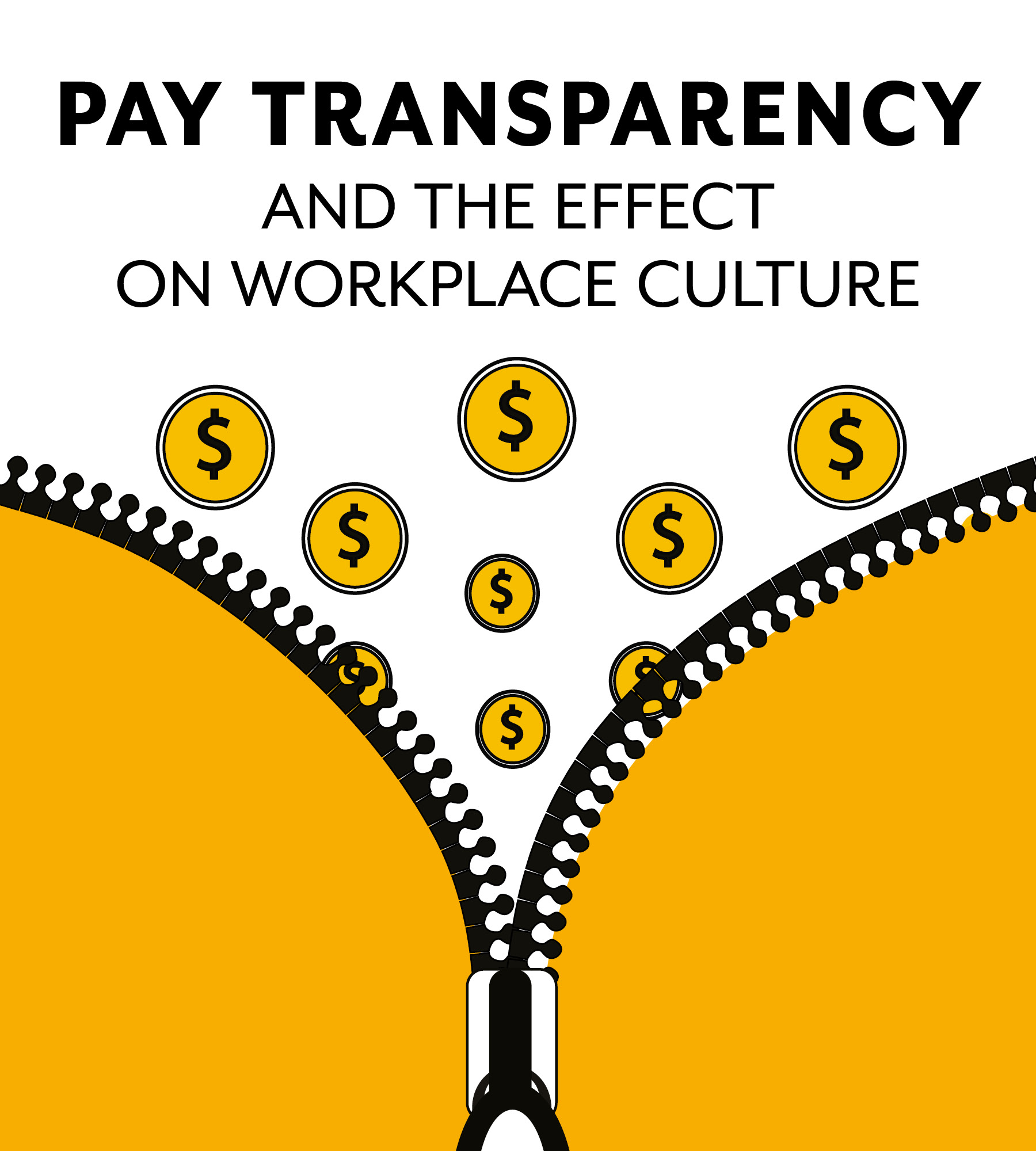Language
You can read the magazine in one of the following languages
Geolocation
You can read the global content or the content from your region

In the late 2000s, demand heightened for a more transparent, genuine and accountable approach to leadership, otherwise known as authentic leadership theory. It is hard to believe good leadership could be anything but transparent, genuine and authentic – what was tolerated before this point?
Now, there is the call for everything to be transparent, including your pay. Surely, there is a place for discretion and privacy. It’s not clandestine, just some things are better kept confidential, right? Or am I being that pre-2000s leader, yet to be enlightened?
During the COVID-19 pandemic, with our health on the line, trust was number one. Open communication, with our whole lives on display – the cat, dog, children and more – became the norm and with it, what we were paid.
In 2022 the boa-constrictor squeeze for talent clinched the deal for pay transparency. Since then, pay transparency has been insistent and on the rise.
However, pay transparency and its effect on workplace culture isn’t as clear-cut as we think.
This is the real crux of the matter. Viewed as being a fairer working environment, 78 percent of workers in England view salary openness positively. Changes to the gender pay laws brought pay transparency to the forefront.
Women globally earn around 37 percent less than their male counterparts in similar roles, and progress in closing the gap is described as painfully slow. 21 out of 38 OECD countries require mandatory, systematic gender pay reporting by private sector firms.
Additionally, pay transparency is a tool to bring about change to all pay inequities. It requires pay to be fair and unbiased across all demographics, such as gender, race and ethnicity. It is needed, highly advisable, eminently valuable and has powerful effects on workplace culture. It’s a no-brainer, and so is attracting talent.

Pay transparency is a tool to bring about change to all pay inequities.
Advertise the salary range, and you are guaranteed a high level of job applications. According to Adobe’s ‘Future Workforce Study’, 85 percent of gen Z are less likely to apply for a job without a salary range, a critical consideration when, globally, 27 percent of our workforce will comprise gen Z workers by 2025.
For the rest of us, 98 percent found listing a salary on job adverts as important.
Pay transparency doesn’t give us the whole picture. For some, it can make us dangerously nearsighted, showing us only what we want to see. It may sound reasonable for a top performer who generates 40 percent more value than the rest of your team to be paid more. But what if it acts as a demotivator to their colleague who puts in maximum effort but will never quite achieve the same levels?
Or you might choose not to pay a higher level to the same top performer if their values are not aligned with the business. This may sound reasonable, but as a consequence you could be found dealing with resignations and staff turnover. These scenarios indicate every reason to be cautious, wary and, yes, afraid.
Or take the person who has been with your organization forever: they are engaged, loyal and live the brand. We all know the value employee retention delivers. It’s touted in every HR and leadership forum. So, perhaps a yearly bonus that sees them earn more than their cohorts is justified, but should this be shared with everyone else, though? Research shows when individuals receive bonuses, it’s demotivating for their peers.
Instead of an all-out Full Monty disclosure, perhaps consider a more delicate approach. There are many other ways to demonstrate trust and openness. It doesn’t have to be about making all the information accessible.
An environment of clear goals and expectations, an understanding of salary banding, how salaries are determined and what is required to earn more and receive promotions, goes a long way to bridging the transparency gap and leveraging a positive workplace culture.

There are many other ways to demonstrate trust and openness. It doesn’t have to be about making all the information accessible.
Transparency in every way continues to evolve in all aspects of life. As for pay transparency in our workplace, well that’s a given, and expect it to amplify even more. Apart from fairness, equity and better workplace culture, it’s a societal necessity.
As a final point, the authentic leader? They are key in the pay transparency strategy. When 75 percent of leaders say pay equity and transparency are a priority, but only 45 percent of employees agree, we have another sizable gap to fill. Fill both with one solution; transparent leadership.

Roxanne Calder
Contributor Collective Member
Roxanne Calder, author of ‘Employable: 7 Attributes to Assure Your Working Future’, is the Founder and Managing Director of EST10 – one of Sydney’s most successful recruitment agencies. Before this Roxanne worked in HR and recruitment with a number of global players and boutique businesses throughout Australia, the United Kingdom, Singapore and Hong Kong for over 20 years. Find out more at https://est10.com.au/